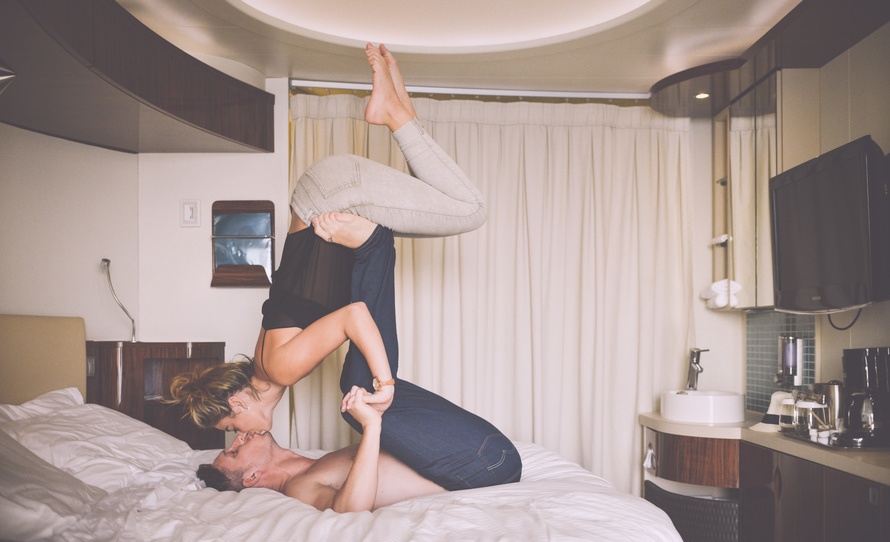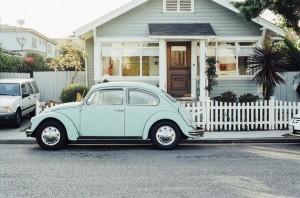
You’ve hit the bars, been bullied into blind dates and dabbled in online dating. You’ve scoped the gym, prowled the park and signed up for every singles’ dance/pottery/book/crocheting group in your neighbourhood. You’ve even navigated the tumultuous waters of Tinder. Yet, no matter how much you swipe right, you’ve still not found Mr/Miss Right.
So far in the game, the score is true love: 0, dating duds: too many to count.
There’s a very good chance, however, that it’s not you — or even them — but where you live that’s preventing you meeting ‘the one’. Instead of waiting for the guy/girl of your dreams to make the first move, you might need to move. Like, actually, literally need to move.
New data compiled by Microburbs ranks all Australian suburbs, from those with the most eligible men and women, to those with the least. That is, those areas in each state where you have the best chances of getting lucky, and those where, statistically, you’ll have to look much harder for love.
The data looks at all men and women aged 15-44 and ranks each neighbourhood according to what percentage of that group are not living with a partner. And yes, we know everyone is very progressive and independent these days, resulting in all sorts of living situations that might not reflect their relationship status — but you have to agree that, statistically, you have a much better chance with those who are not living with a partner, than those that are.
Overall, if you are a man looking for a woman, the ACT has the high percentage of single ladies with 13% of all females in that age group not cohabiting with a partner. Ladies hoping to nab a bloke should consider a move to South Australia, where 18% of all men aren’t shacked up with a better half.
Tasmania, Queensland and Western Australia have the least singles overall.
Here’s the best — and worst — suburbs around the country to mingle with single.. Some might consider moving to seek out love an extreme measure, but that might be what it takes if you are truly hoping to meet that girl or boy next door.
Australian Capital Territory
For those in the ACT, Braddon, Canberra’s most densely populated suburb, is a good area for both men and women looking for love.
If you are a man seeking a woman:
If you are a woman seeking a man:
New South Wales
In NSW, most of the single ladies can be found in the city, while the available men are living further north.
If you are a man seeking a woman:
If you are a woman seeking a man:
Northern Territory
There singledoms couldn’t be more separated in the NT, with the boys concentrated in the north, in Pinelands, just out of Darwin, while the majority of the girls are in the south, in Alice Springs.
If you are a man seeking a woman:
If you are a woman seeking a man:
Queensland
The ladies are much more spoiled for choice in the sunshine state than their male counterparts.
If you are a man seeking a woman:
If you are a woman seeking a man:
South Australia
The 500km stretch down the coast, from Port Pirie to Pink Beach, is where you’ll find the largest percentages per suburb of all the single men and women in SA.
If you are a man seeking a woman:
If you are a woman seeking a man:
Tasmania
In Tassie and looking for love? Both single men and women should stick to the south of the state.
If you are a man seeking a woman:
If you are a woman seeking a man:
Victoria
Men, if you are wondering where all the single girls are, you’ll find quite a few of them in Melbourne’s inner north.
If you are a man seeking a woman:
If you are a woman seeking a man:
Western Australia
The odds are distinctly better for single girls on the west side of the country.
If you are a man seeking a woman:
If you are a woman seeking a man:
You can also discover how generous your suburb is, as well as find out how it rates on things such as commuting, noise and lifestyle all on Microburbs.
